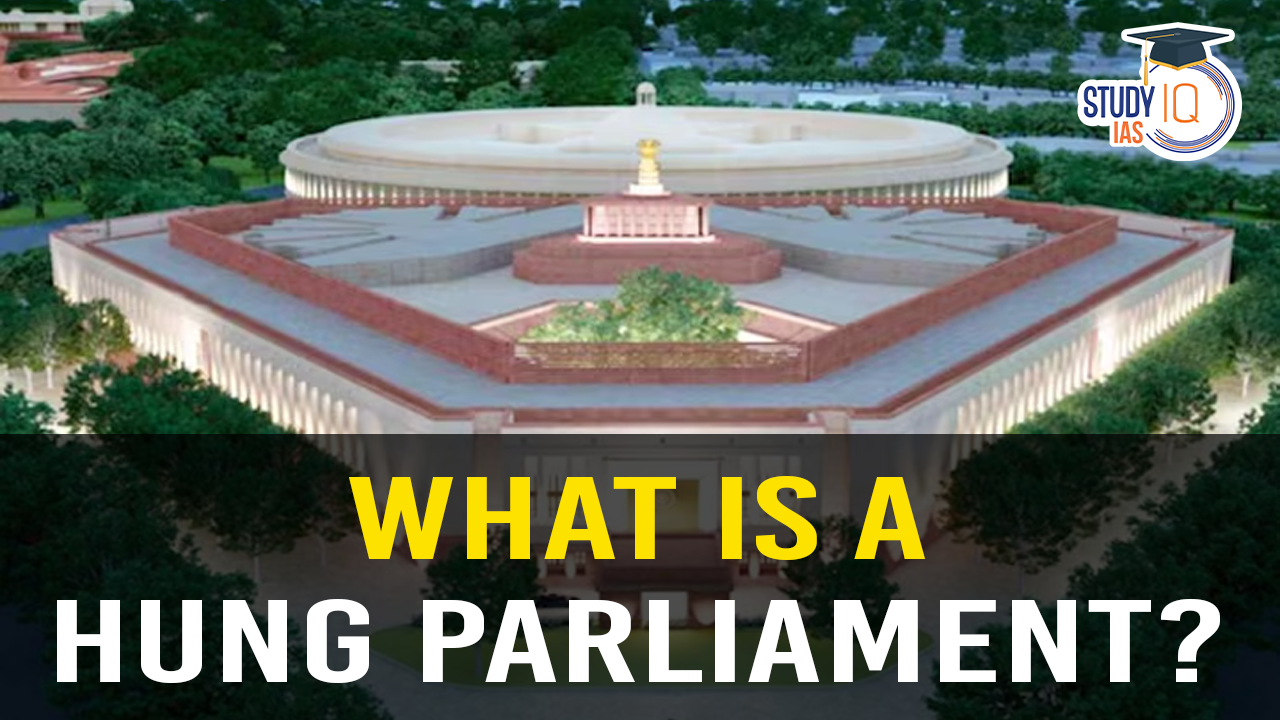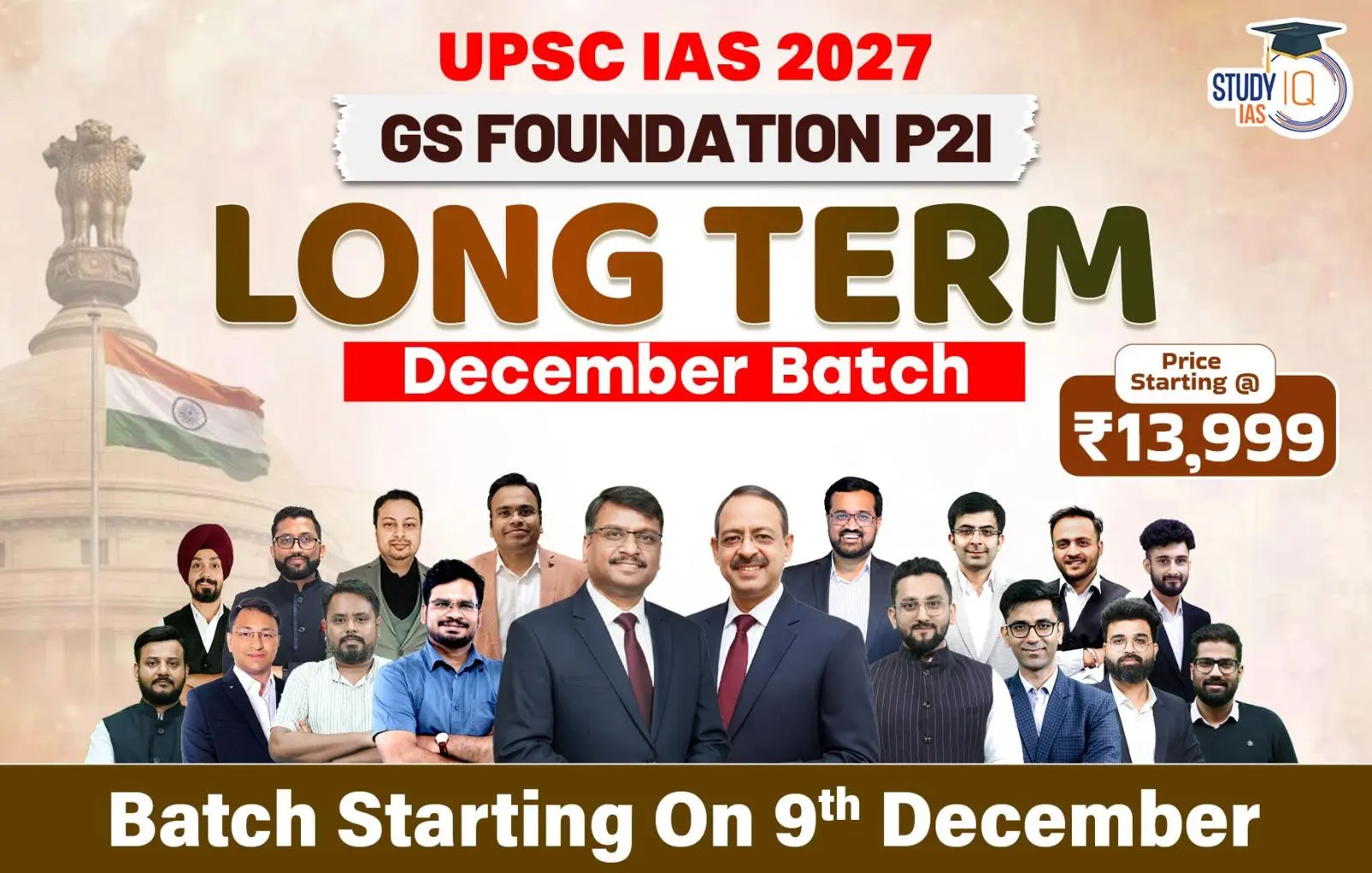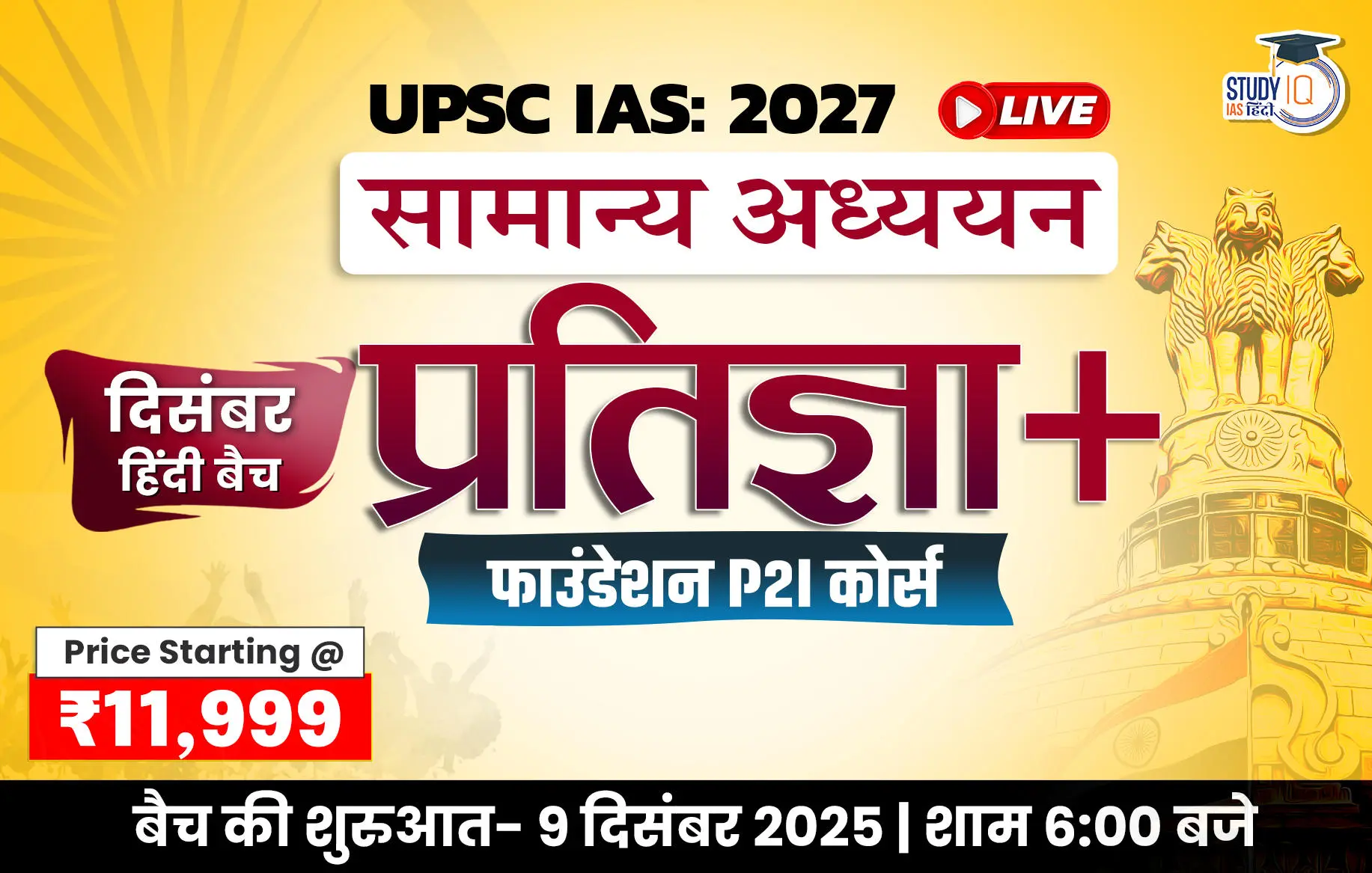Table of Contents
A Hung Parliament is a critical concept in parliamentary systems, where no single party secures an absolute majority of seats in the legislature. This situation can profoundly influence the political dynamics, governance stability, and policy-making processes of a country. This article delves into the definition, historical context, causes, and implications of a Hung Parliament, with a particular focus on India, and examines the pivotal role of the President in such scenarios.
What is a Hung Parliament?
A Hung Parliament occurs when no political party or pre-election coalition attains an outright majority of seats in the legislative body. This absence of a majority means no party can independently control the executive branch, necessitating coalition building, minority governments, or fresh elections. The term is widely used in parliamentary systems such as those in the United Kingdom, Canada, and India, often leading to complex political negotiations and alliances.
Historical Context and Frequency in India
In India, the concept of a Hung Parliament became prominent in the late 20th century. Initially, after independence, the Indian National Congress (INC) dominated the political landscape, winning several elections with significant majorities. This changed in 1977 when the Janata Party formed the government after a Hung Parliament, marking a significant shift in Indian politics.
The 1990s witnessed a surge in hung parliaments, characterized by political instability and frequent changes in government. Short-lived administrations led by H.D. Deve Gowda and I.K. Gujral underscored the challenges of governing without a clear majority. This period of instability was followed by the more stable, yet coalition-dependent Vajpayee government, showcasing the difficulties and occasional successes of coalition politics in India.
Causes of a Hung Parliament
Strength of Regional Parties
The increasing strength of regional parties is a primary cause of Hung Parliaments in India. Over the years, regional parties have gained significant influence, often securing a substantial number of seats in the Lok Sabha. For instance, in the 1989 general elections, regional parties won 27 seats, which surged to 159 by 2004. This fragmentation makes it challenging for any single national party to achieve a majority, necessitating often fragile and short-lived coalitions.
Low Election Turnout
Low voter turnout also contributes to the occurrence of Hung Parliaments. Since India’s first general election, the average turnout has been around 60%. Low participation rates can dilute the vote share of national parties and enhance the influence of regional parties, increasing the likelihood of a Hung Parliament.
Implications of a Hung Parliament
Political Instability
A Hung Parliament often leads to political instability. National parties must negotiate with regional parties to form a coalition government, leading to compromises that may result in a lack of coherence and stability in governance. This uncertainty can erode public trust and create a perception of political instability.
Impact on Trade and Commerce
Economic policies and strategic planning can suffer under a Hung Parliament. The lack of a stable government creates market uncertainty, as evidenced during the 2004 Lok Sabha elections when the stock market dropped by 900 points following the announcement of a Hung Parliament. Businesses and investors typically prefer stable governments for their ability to ensure continuity and predictability in policy-making.
Minority Governments
Coalitions formed after a Hung Parliament often result in minority governments. These governments, lacking outright majority support, can struggle with decision-making and are frequently subject to opposition pressures. This can lead to short-term policy decisions aimed at satisfying coalition partners rather than focusing on long-term national interests.
Role of President in Hung Parliament
In a Hung Parliament, the President of India plays a crucial role. The President may invite the leader of the largest party or coalition to form a government and prove their majority on the floor of the House. If no party can form a stable government, the President might call for fresh elections. The Sarkaria Commission on Centre-State Relations provides guidelines for these situations:
- First Preference: Pre-electoral alliances with a majority.
- Second Preference: The single largest party without a majority.
- Third Preference: Post-electoral alliances with a majority.
- Last Preference: Post-electoral alliances where some partners join the government while others provide outside support.
In the event that no party or coalition can form a government, the President’s rule may be applied until fresh elections are conducted.
Hung Parliament: Comparative Analysis
| United Kingdom | Canada | India | |
|---|---|---|---|
| Frequency | Several instances, notable in 2010 and 2017 | Frequent, particularly at the federal level | Frequent since the 1990s, notable in 1977 and 1990s |
| Formation of Government | Coalition governments (e.g., Conservative-Lib Dem in 2010) | Minority governments relying on support from smaller parties | Coalition and minority governments (e.g., Vajpayee government) |
| Political Stability | Generally stable but requires compromise | Functional but dependent on strong inter-party collaboration | Often unstable, leading to frequent changes in government |
| Impact on Policy Making | Requires consensus and negotiation, can slow down policy implementation | Effective if collaboration is strong, otherwise can be slow and reactive | Often leads to short-term decisions, can be influenced by coalition partners |
| Role of Head of State | Monarch invites party leader to form government | Governor General invites party leader to form government | President plays a crucial role, guided by Sarkaria Commission |
| Economic Impact | Markets react to uncertainty but generally stabilize | Can lead to economic uncertainty, impacts investor confidence | Significant impact on markets, e.g., 2004 stock market drop |
| Public Perception | Mixed; coalitions seen as compromise for stability | Viewed pragmatically; minority governments are common | Often seen as a sign of political fragmentation and instability |
| Historical Example | 2010 coalition between Conservatives and Liberal Democrats | 2008-2011 Conservative minority government | 1996-1998 United Front government, Vajpayee government |
United Kingdom
The United Kingdom has experienced several Hung Parliaments, with the most recent notable instance being in 2010. This resulted in a coalition government between the Conservative Party and the Liberal Democrats. The coalition faced challenges but ultimately provided relatively stable governance for its term. The UK’s experience shows that while coalition governments can work, they require considerable compromise and negotiation.
Canada
Canada also has a history of minority governments, particularly at the federal level. These governments often rely on support from smaller parties to pass legislation. The Canadian experience highlights that minority governments can function effectively, but they require strong inter-party collaboration and clear communication to maintain stability.
Hung Parliament UPSC
Hung Parliaments, though challenging, have become a recurring feature in Indian politics. They reflect the fragmented nature of the electorate and the growing influence of regional parties. While Hung Parliaments pose challenges such as political instability and economic uncertainty, they also underscore the dynamic and pluralistic nature of Indian democracy. Understanding the causes and implications of Hung Parliaments is essential for navigating the complexities of coalition politics and ensuring effective governance in a diverse political landscape. As India continues to evolve politically, the lessons learned from past Hung Parliaments will be crucial in shaping future governance strategies.
Sharing is caring!


 SLAPP Suits: Meaning, Examples, Impact o...
SLAPP Suits: Meaning, Examples, Impact o...
 Finance Commission of India, Articles an...
Finance Commission of India, Articles an...
 High Number of Pending Cases in Supreme ...
High Number of Pending Cases in Supreme ...

























